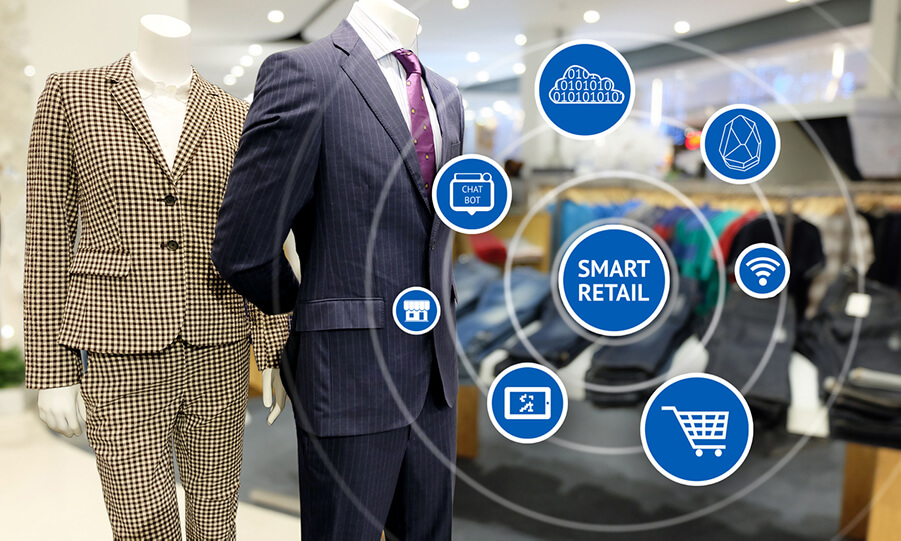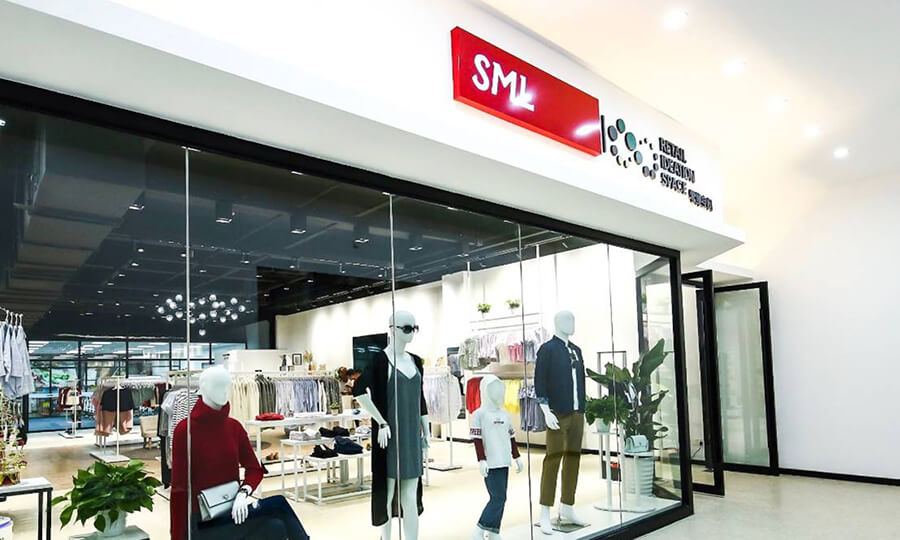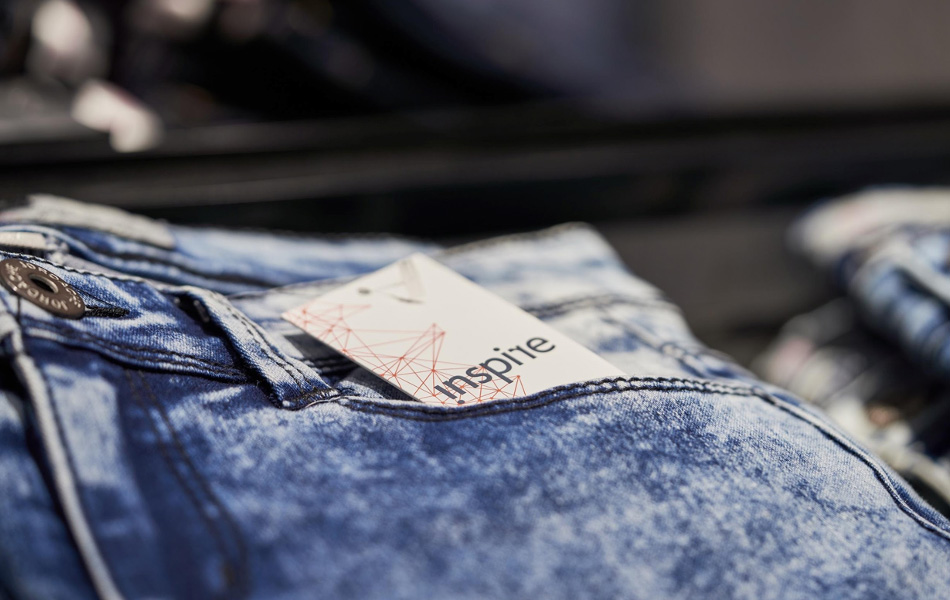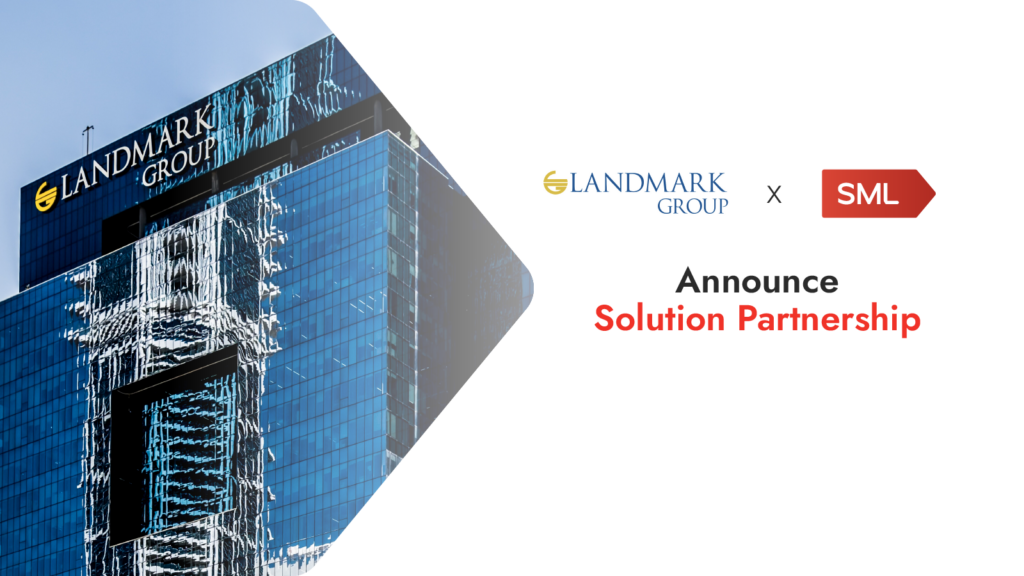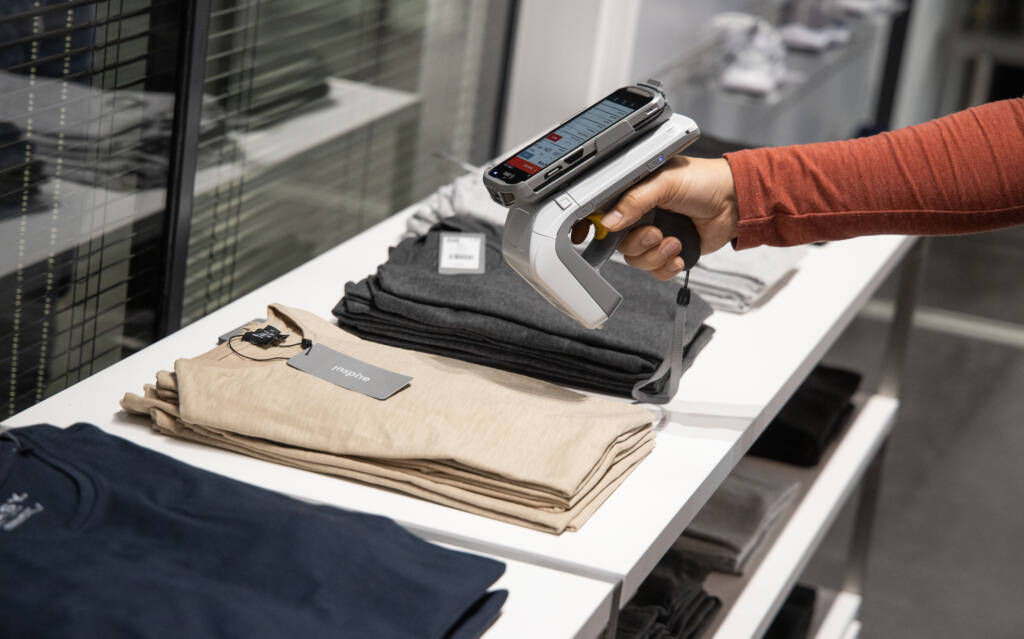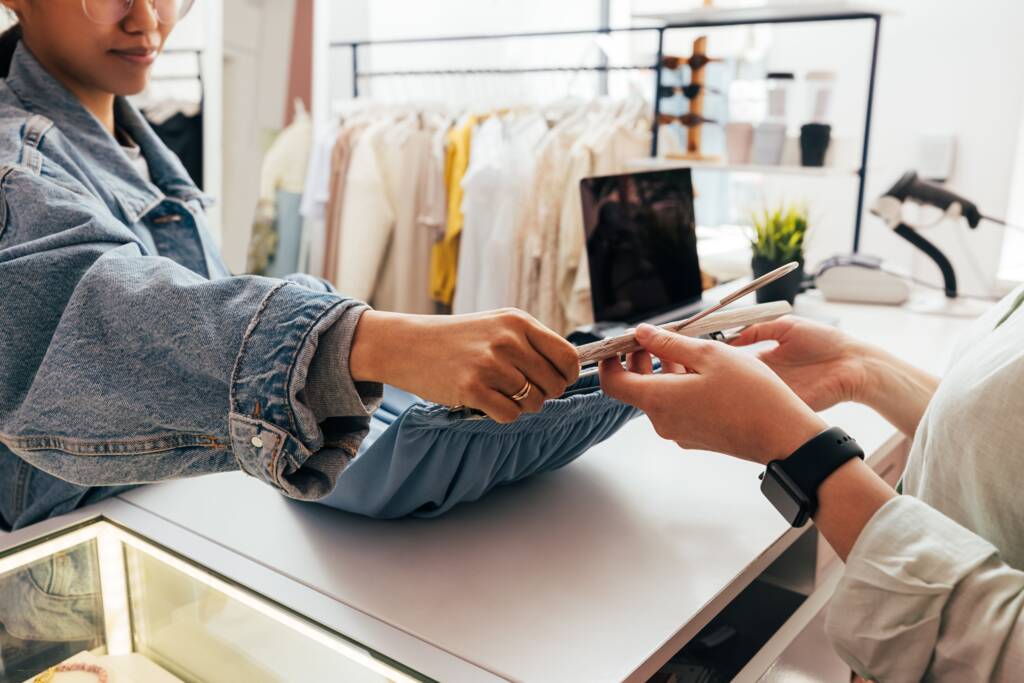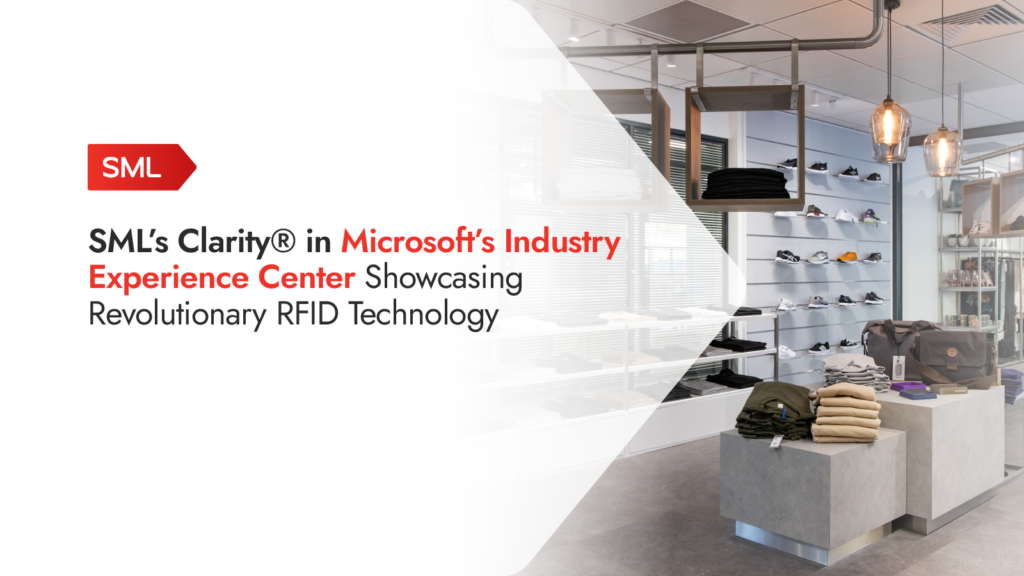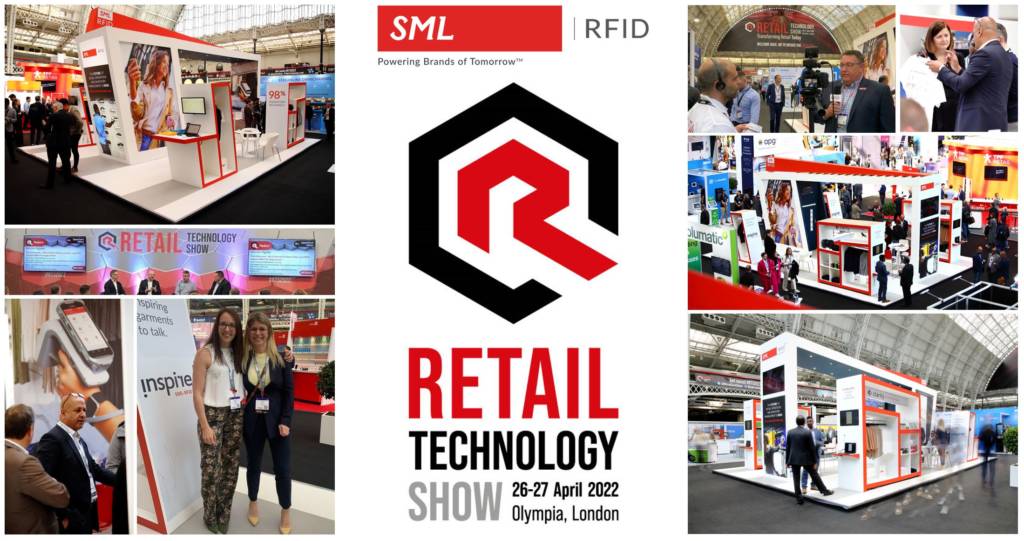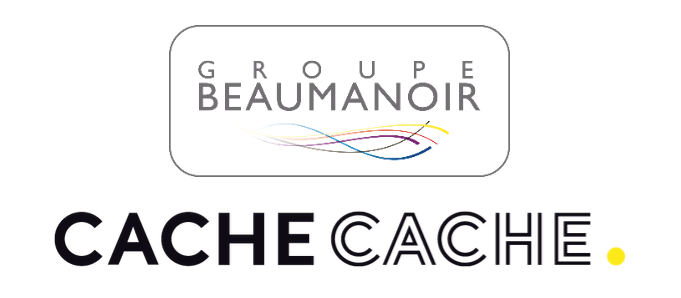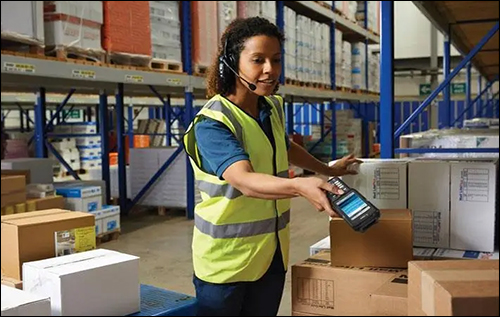The power of item-level RFID with SML’s Dean Frew
RFID is making waves across the retail fashion industry, helping retailers streamline operations, improve inventory management, enhance customer experience, and reduce costs.
SML has led the way in RFID (Radio Frequency Identification) technology for more than 20 years and, thanks to an exciting new partnership with Sitoo, retailers around the world are set to benefit from integrating RFID tech with their POS solution, by getting streamlined operations, improved inventory management, enhanced customer experience, and reduced costs.
Dean Frew, CTO and senior vice president of RFID solutions at SML Group, firmly believes RFID has the power to transform retail and that item-level RFID solutions are enabling retailers to enhance their enterprise with the best ROI.
On January 13, 2024 in New York City, Dean will be part of our Retail Revelations event showcasing the power of the imagination and the new possibilities being enabled by the very latest retail tech.
We caught up with him to find out more about item-level RFID and the benefits it brings to retailers.
What were the drivers behind entering into a partnership with Sitoo?
Our Clarity® software has the largest deployed footprint in the world. We have well over 7,000 stores live, with well over 50,000 retail associates using Clarity® and we manage half a billion RFID tag reads on items every week for our retail customers. We’re not a Point of Sale company but we integrate with Point of Sale companies and we’d heard really good things about Sitoo. Sitoo understands the direction retail is going in. They have a great team, they are part of the MACH Alliance, and we know the quality, sophistication and scalability of their applications. There’s great synergy between the two companies and it’s exciting to be working with Sitoo to find new and exciting ways our technologies can combine to help our customers and, by extension, their customers – specifically the retailers out there who are looking at changing their operational and inventory processes using RFID.
How does the integration work and what are the benefits it brings to retailers?
Our application focuses on revolutionizing inventory and operational use cases in retail stores and supply chains. One the fundamental issues in retail today is that retailers conduct costly manual stock counts only once or twice a year, achieving around 92 to 94% accuracy. However, this accuracy degrades over time until the next count. But accuracy of the number of units alone isn’t all that matters – if you don’t have a real-time and accurate picture of inventory at the style, size, or color a customer wants then you’re going to miss a sale.
The solution is simple: shift to item-level management of inventory and conduct daily or weekly stock counts and daily receiving achieving over 98% accuracy. The Clarity® application is integrated with Sitoo and utilized for various operations like online purchases picked up in-store, markdowns, returns, and other store processes. Despite not being a Point of Sale company, our system significantly enhances retail processes.
Now, when this technology is integrated with the POS, it’s a real game-changer. Imagine a store without barcode scanning but instead using RFID readers to identify products, even to the extent of knowing the serial number of a specific item sold. This level of detail empowers us to combat fraudulent returns, trigger lows prevention alarms and address dressing sales conversion. For instance, if someone tries returning blue medium t-shirts that were never sold, our system flags it. Moreover, we can update the store’s entrance gates to prevent false alarms when these items leave the store.
And the tangible benefits we see from this partnership for our retailers will be huge.
What excites you most about working with Sitoo?
They’re incredibly innovative in the realm of POS. Frankly, very few POS companies have updated their tech to move to Item-Level and RFID. What’s struck me most is their forward-thinking approach. Our partnership capitalizes on our respective strengths, aiming to introduce a groundbreaking comprehensive solution for the industry. The joint solution is geared towards revolutionizing customers inventory management, operations, loss prevention, and customer experiences. Together, we’re involved in some super interesting projects that we believe will set industry benchmarks.
What’s the message that you give to those retailers who I guess are reluctant to change or embrace new technology?
In 1975, Wrigley marked a significant transition by placing a barcode on a pack of gum sold to Meijer in the United States. That event marked the inception of barcodes, yet we’re still managing inventory much the same way, whether at the barcode or SKU level. It’s not a question of “if” item-level RFID will be the future system platform for inventory and store operations in many retail sectors, but “when.” Last year, we produced over 3 billion RFID tags, yet the total industry market penetration is still under 20%. I ask retailers “What would your world look like if you had a 98% accurate view of inventory at the style, size, and color level? How would it change how you manage your business? How would it serve customers more effectively?
And let me share with you what other retailers have found. Retailers who’ve made this shift have seen increased sales due to enhanced availability, reduced strain on store processes, they’ve gotten rid of 10% of their inventory because they don’t need that excess, and they see a 95% drop in BOPIS/BOSFS order picking cancel rates , there’s confidence because the store won’t commit to an order unless it has confidence it is physically available.
So it’s about enabling retailers to know their inventory. This doesn’t just create happier customers; it significantly boosts the retailer’s revenue. With the current strain on labor, the focus isn’t on hiring more people to count inventory but on hiring individuals to enhance sales. We’re fortunate to witness these retailers completely revolutionize their business processes—it’s one of the most rewarding aspects of what we do.
NRF is on the horizon. What are you looking forward to and what can people expect to see?
Often, customers come in with the perception that what we offer is complex. However, when they witness it in action, they’re often amazed at how straightforward it is. Our exhibition will encompass the entire journey, illustrating the impact of item-level RFID across the supply chain, in-store solutions, customer experiences, and point-of-sale operations. We’re aiming to emphasize that it’s no longer just a technological challenge; it’s about aligning with a viable business case with a commitment to change.
Specifically, our collaboration with Sitoo involves showcasing their POS system at our booth, demonstrating a world without barcodes in the point-of-sale process. We’re also going to show an advanced view of what this looks like at self-checkout – a concept we presented last year at NRF.
Our goal is to engage retailers who are keen on change, especially those grappling with excess inventory, labor stress, and perpetual stockouts. If they recognize the need for change, we have some pretty exciting things we’ve done with other retailers we can share with them.
What excites you most about the future of retail?
So far, we haven’t witnessed many Point of Sale companies fully embracing and acknowledging that RFID is the future, necessitating a pivot in their systems. What’s exciting about the work we’ve done together is the common vision and wanting to get aboard the same train.
We’ve been onboard this RFID train for two decades, but for Sitoo to come along and say we want to get on the train and make this part of what defines us for the future is hugely exciting. Because this is an ecosystem play, it is not a single player play, the ecosystem has to be developed together. We’re excited about our ongoing work and what we’re set to achieve together, looking ahead to 2024 and beyond.

